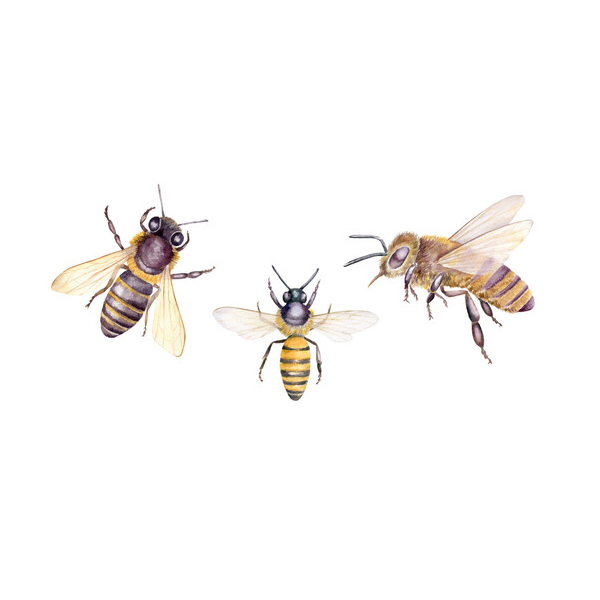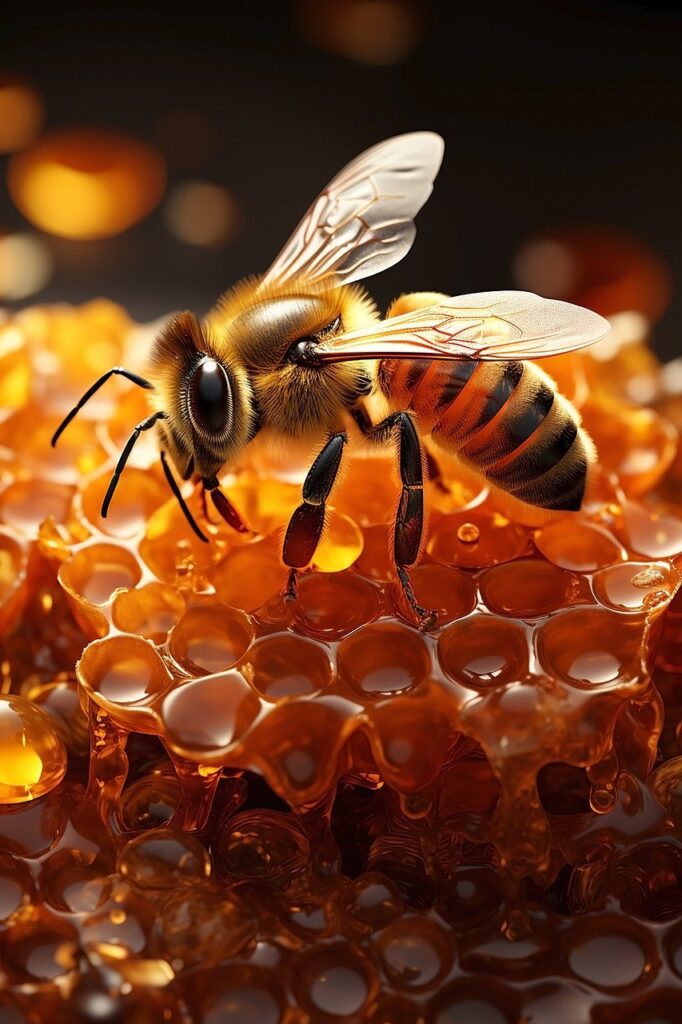Bee Caste & Communication
National Center for Biotechnology Information (NCBI) is part of the United States National Library of Medicine (NLM), a branch of the National Institutes of Health (NIH). Together with the honey bee dance, honey bee pheromones represent one of the most advanced ways of communication among social insects. Pheromones are chemical substances secreted by an animal’s exocrine glands that elicit a behavioral or physiological response by another animal of the same species. In honey bees the targets of pheromonal messages are usually members of the same colony, but there are some exceptions in which the target can be a member of another colony (Free 1987). The composite organization of the honey bee society, which consists of three adult castes (queen, worker, and male) and non-self-sufficient brood, provides for many coordinated activities and developmental processes and thus needs a similar elaborate way of communication among the colony members. Pheromones are the key factor in generating and maintaining this complexity, assuring a broad plasticity of functions that allow the colony to deal with unforeseen events or changing environmental conditions. Pheromones are involved in almost every aspect of the honey bee colony life: development and reproduction (including queen mating and swarming), foraging, defense, orientation, and in general the whole integration of colony activities, from foundation to decline. Pheromones allow communication among all the honey bee castes: queen–workers, workers–workers, queen–drones, and between adult bees and brood (Trhlin and Rajchard 2011; Winston 1987). In honey bees, as in other animals, there are two types of pheromones: primer pheromones and releaser pheromones. Primer pheromones act at a physiological level, triggering complex and long-term responses in the receiver and generating both developmental and behavioral changes. Releaser pheromones have a weaker effect, generating a simple and transitory response that influences the receiver only at the behavioral level… Click to read more: Chemical Communication in the Honey Bee Society
Bee Caste & Communication Read More »


